Guest Post by Chuck Knull
- Select a trademark for your product or service. Be prepared by having more than one mark that you like. A mark that is coined is a much stronger mark than one that describes the product or service. There are more factors in selecting a strong trademark than I can go into here.
- See if the mark(s) you have chosen are being used by searching on the internet, looking in stores, or checking out trade shows and publications relevant to your industry. Remember that trademark law protects against “confusingly similar” marks. So if you have selected CLEANE as your mark for soap, if there is a mark KLEAN or CLEAN on the market, you would be infringing if you use CLEANE. Check for the mark at the USPTO website, too. This type of searching is called a “knock out” A knock out search cannot be relied upon to clear a mark for actual use and registration. At most, it will tell you that there is no exact match for the mark on file at the USPTO (although the USPTO database has its flaws, and one cannot even be sure about exact matches.)
- If the mark(s) look clear after your informal knock out searching, ask your trademark counsel to validate your choice with a professional search. Your attorney may order a full common law, federal and state search report from a trademark search service with access to proprietary trademark databases. It will still take your attorney some time to review that report and to render an legal opinion on the use and registration of the mark. This in-depth trademark clearance process can cost thousands of dollars. However, having an opinion of counsel before adopting a trademark is the best evidence that can be used to show that adoption of a trademark was made in good faith. Not having evidence of adoption in good faith is willful infringement, also known as “betting your company.”
- Apply for the mark. Applications may be based on “use in commerce” if the mark is being used on the product or in offering the service already. Or it can be “intention to use” where the product or service is in development. A trademark attorney does not have to file an application. However, not using a trademark attorney may be penny wise and pound foolish. Statements made or not made in an application may lead to problems in an Office Action or may undermine the entire ability to get the mark through.
- Wait for word from the Trademark Office. Two or three months after application filing, an Examiner from the Trademark Office will probably write a letter called an Office Action that asks questions about the trademark. There may be technical issues to resolve, such as whether the mark means anything in a foreign language, an unsatisfactory drawing or other submission. (Such questions more often occur when non-trademark lawyers file) The Examiner may also cite existing trademarks as blocking the trademark (If one has made a full search the cited marks are mostly already known and, as well, the reasons why the marks should not block are already discussed in the clearance opinion letter.) A response to an Office Action is due within 6 months.
- After the Office Action is responded to satisfactorily, the application should move on to be published in the Official Gazette of the USPTO. The purpose of publication is to give others the right to voice objection to your registration by filing a Notice of Opposition. That begins an administrative proceeding to prevent the mark from registering or receiving its Notice of Allowance. It is like a lawsuit between you and whoever filed the opposition, but handled within the Trademark Office. Oppositions are fairly uncommon, especially if you did a good job selecting and searching before you filed.
- If no one opposes your trademark, you receive your Notice of Allowance. In a few weeks you receive your official U.S. Trademark Registration certificate, suitable for framing. Now you can start using the ® instead of just the TM wherever your registered U.S. Trademark appears.
This is a Guest Blog by Legal Expert Charles H. Knull (aka. Chuck). Chuck is the founder and owner of Knull P.C., an intellectual property boutique law firm with offices in Cooperstown, NY and New York City. He is focused on trademark and copyright dispute resolution and counseling. Contact him via www.KnullPC.com/contact.



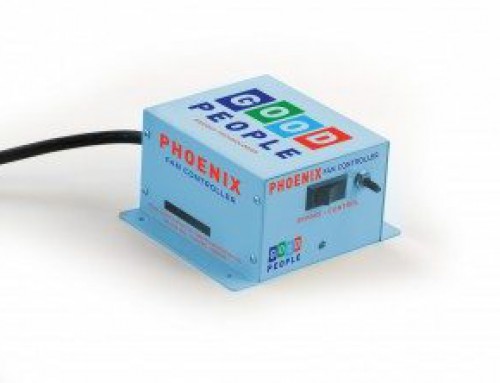
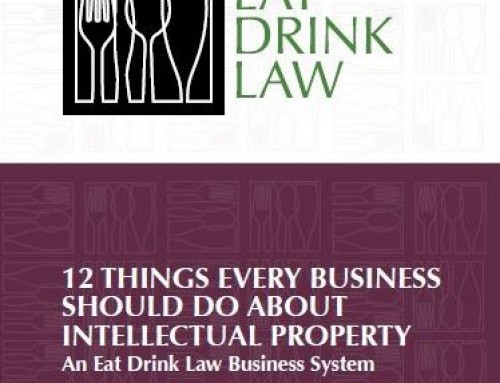
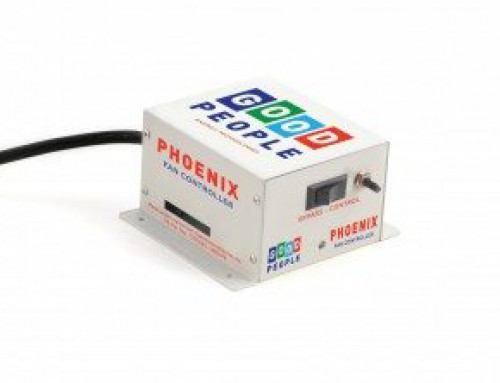
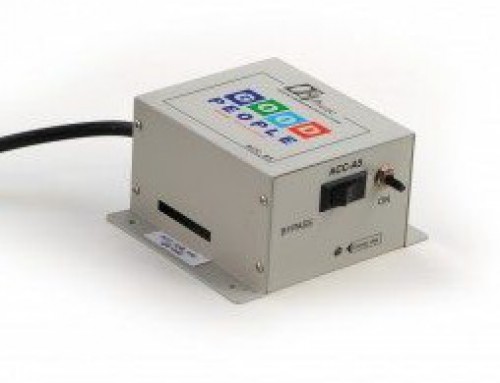
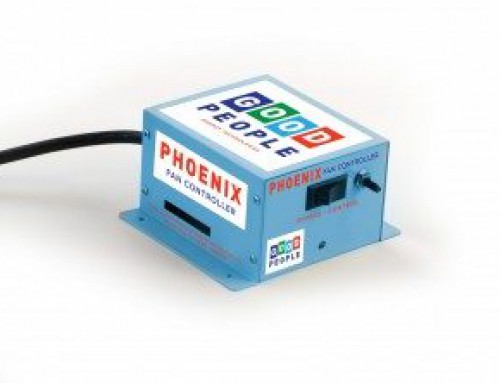
Leave A Comment